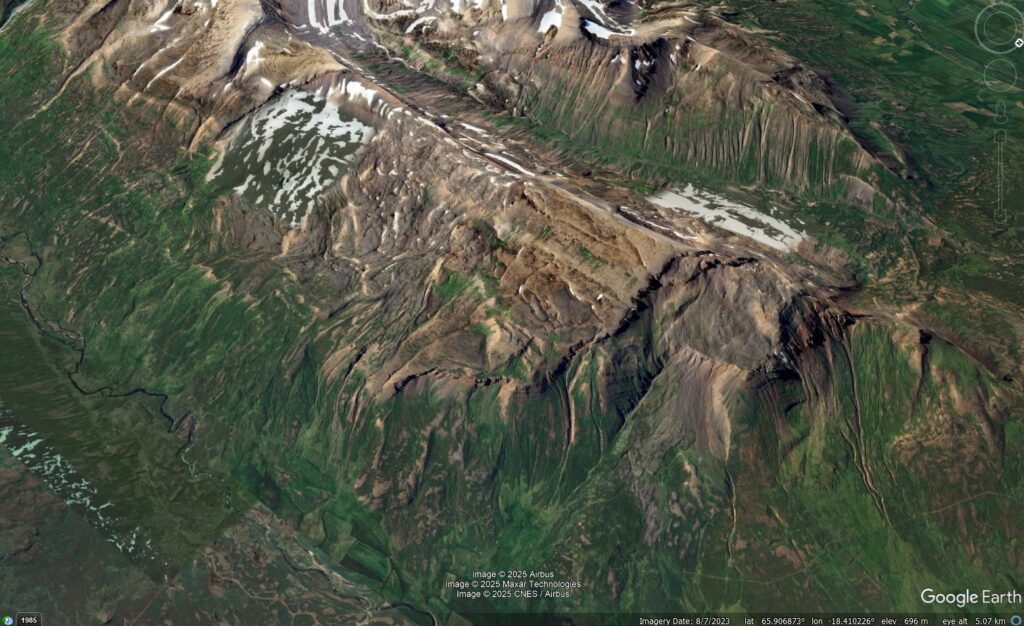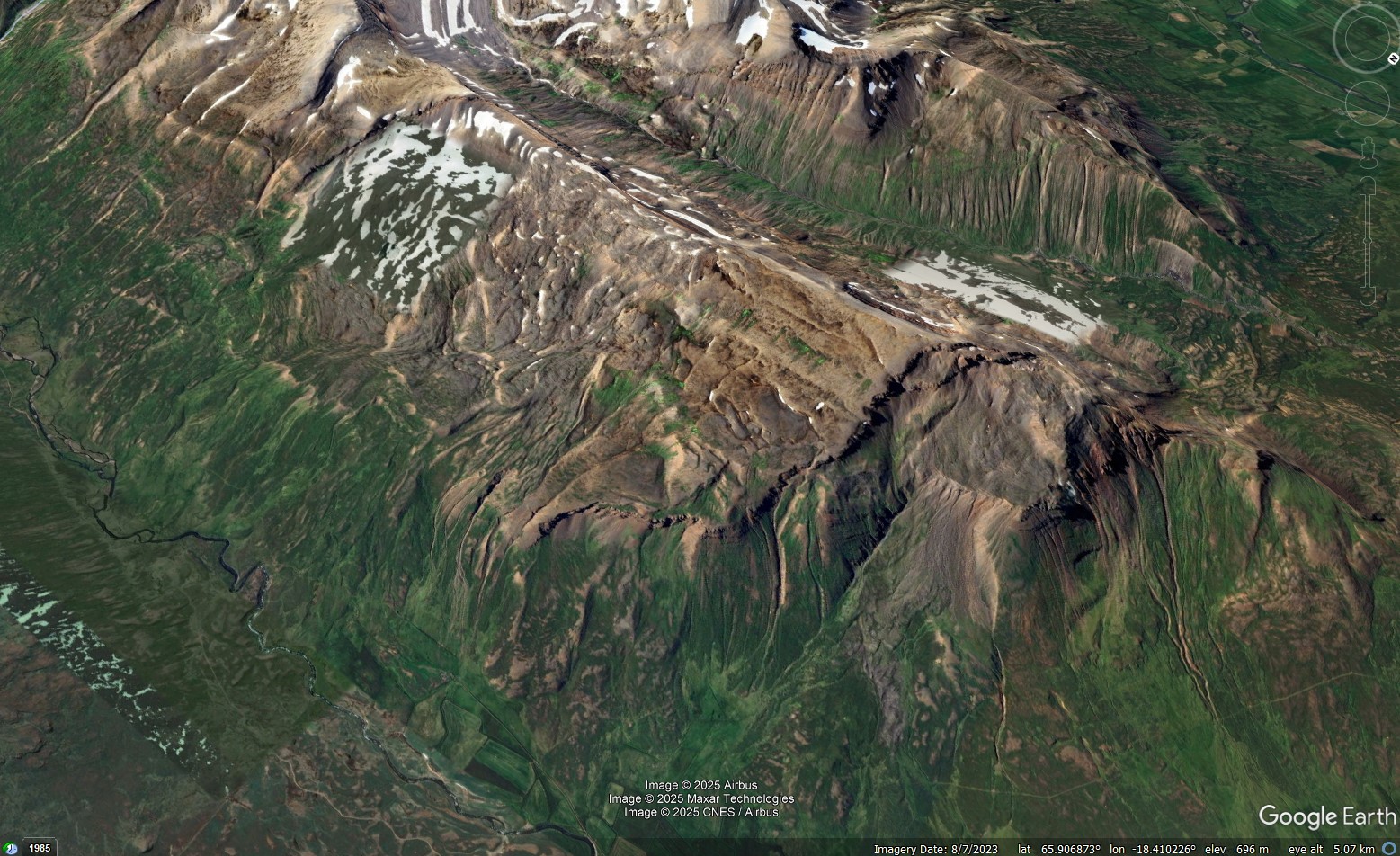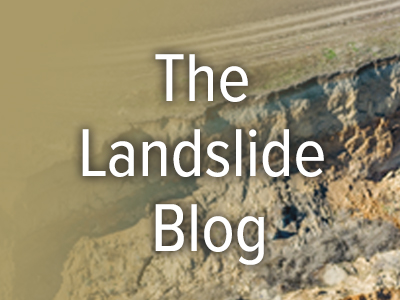The Landslide Blog is written by Dave Petley, who is widely recognized as a world leader in the study and management of landslides.
There is a no scientific doubt that human activity is driving rapid warming of the terrestrial climate, and that this is amplified in high latitude and high mountain environments. An inevitable, and observable, consequence is the thawing of permafrost, and there are strong indications that the occurrence of landslides is increasing as consequence. However, there is still much work to do to understand what the future might hold.
The AGU journal JGR Earth Science has published an open access paper (Booth and Pétursson 2025) that provides a fascinating insight into this issue. The work is foused on bedrock landslides in north-central Iceland around Eyjafjörður. The Google Earth image below shows the landscape – the region is centred on [65.8474, -18.0652] if you want to take a look:-

Now this is an area with many bedrock landslides that have occurred since the end of the last glaciation (in other words, in the Holocene). Booth and Pétursson (2025) set out to map them – they found 676 landslides – and then to analyse both where they have occurred and, importantly, when. The landslides in this area are mind-boggling spectacular. Take a look, for example, at this Google Earth image of just a small part of the area:-

I could spend a long time trying unravel the sequence of landslides in this small area alone. In fact, mapping an area of such landslide complexity is no mean feat.
In terms of the location of the landslides, Booth and Pétursson (2025) found that they are clustered in areas with weaker rocks (that is, of course, no surprise) and in areas on the margin of high elevation permafrost zones. These are the areas that are most susceptible to permafrost thawing.
The most important finding is about the timing of the landslides, though. Booth and Pétursson (2025) have shown that c.90% of the landslides occurred several thousand years after the ice sheet retreated, ruling out the possibility that they are caused by debuttressing of the slopes as the glaciers melted. They are particularly clustered in the period between 12,4oo and 9,300 years before the present (12.4 and 9.3 cal ky BP), which corresponds with periods known as the the Younger Dryas and the Holocene Thermal Maximum, in which it has been previously established that permafrost rapidly degraded (thawed) in Iceland. In the period since, until modern times, the rate of landsliding reduced, reflecting more stable permafrost conditions.
Of course, the current rapid warming is causing the permafrost to degrade rapidly once again. Booth and Pétursson (2025) provide a warning of the consequences:
“In the future, we expect bedrock landslide hazards to be highest in areas experiencing permafrost degradation, which has already been observed for several regolith landslides in northern Iceland.”
This pattern is being replicated in many areas with similar conditions to Iceland.
Reference
Booth, A. M. & Pétursson, H. G. 2025. Permafrost and structural controls on Holocene bedrock landslide occurrence around Eyjafjörður, north-central Iceland. Journal of Geophysical Research: Earth Surface, 130, e2024JF007933. https://doi.org/10.1029/2024JF007933


